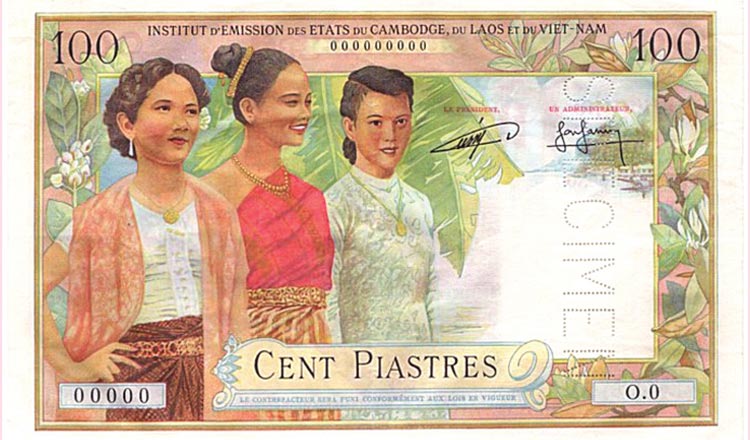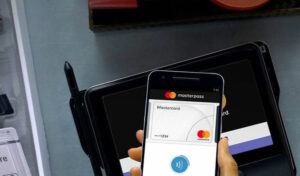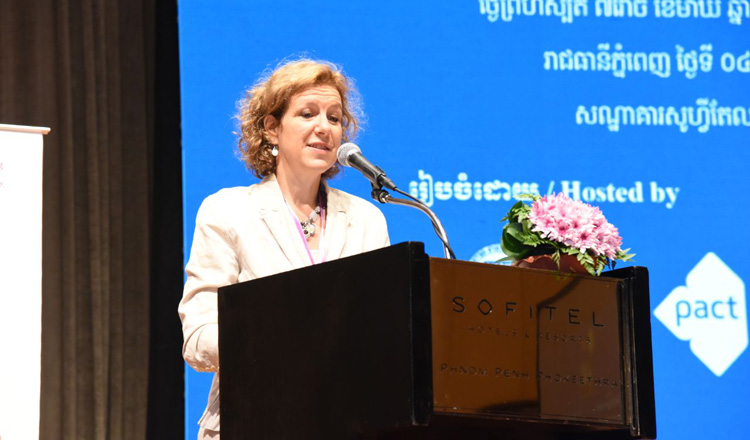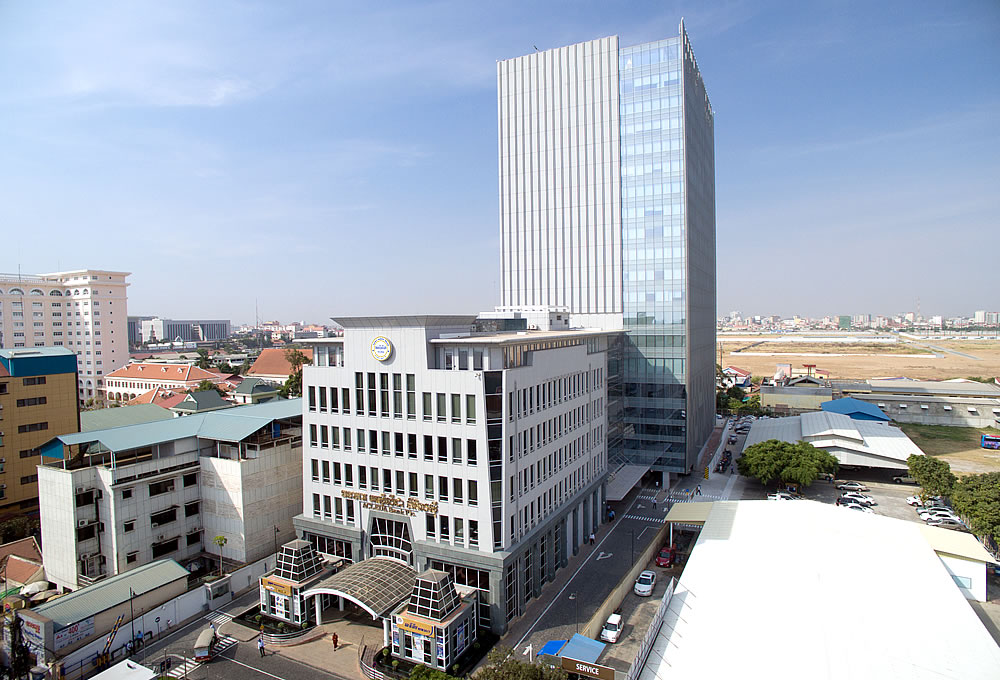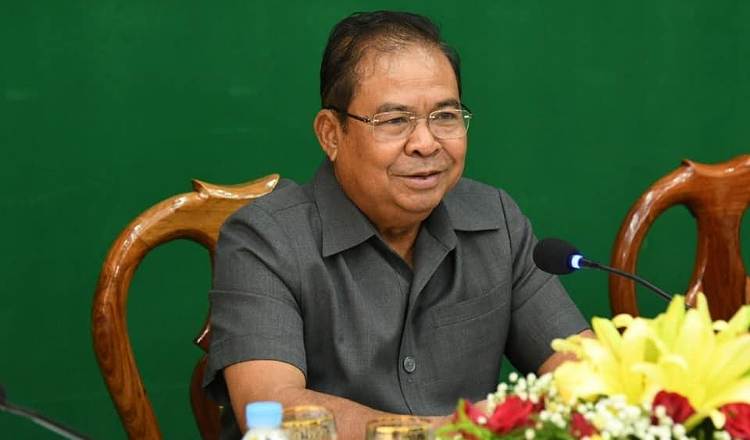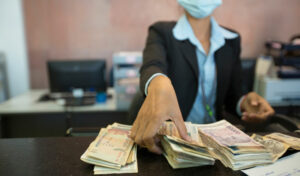From coins to banknotes: A short history of Cambodia’s currencies
For ages, the Khmer people had exchanged products, swapping their rice, corn and beans with fish, cows, buffalo or even pieces of farmland and houses. Interestingly enough, the archaeological evidence also suggests that the Khmer people first minted coins for transactional purposes hundreds of years ago
The currency in terms of money, whether in the form of precious stones and metals or banknotes, is always the game-changer in a nation’s economic history by providing a universal store of value accepted by the people and traders.
Cambodia is no exception. The oldest civilisation has a long history of currencies, filled with ups and downs, despite the healthy riel as the national currency today.
Historical records show that the Khmer people from ancient times would exchange products, swapping their rice, corn, and beans with fish, cows, buffalo or even pieces of farmland and houses. Yet, archaeological evidence also proved that Khmer people first minted coins
for transactional purposes hundreds of years ago.
Dr Michet Tranet is Cambodia’s famous archaeologist and historian who has spent years chronicling the evolution of Khmer currencies and their social and economic essence. Tranet claimed that the uniface coins bearing the images of animals, plants and symbols, mostly found in the ancient city of Angkor Borei district, Takeo province, were the first coins to be issued in the Kingdom’s history.
“It has been estimated that they dated back to at least the first or second century BC,” said Tranet. “They were likely to be the influence of the Indians and Chinese, the first foreign people to have arrived at Funan, and the rulers at that time must have issued them to facilitate the Funan Kingdom’s trade with merchants from other nations.”
Tranet added that those currencies might show what Khmer people valued, such as their livestock in ancient times. According to works of literature, the earliest Khmer currency units known to historians are sleung, nem and kahabanak. Yet, there has been no record showing how they were valued, used, or adjusted to inflation.
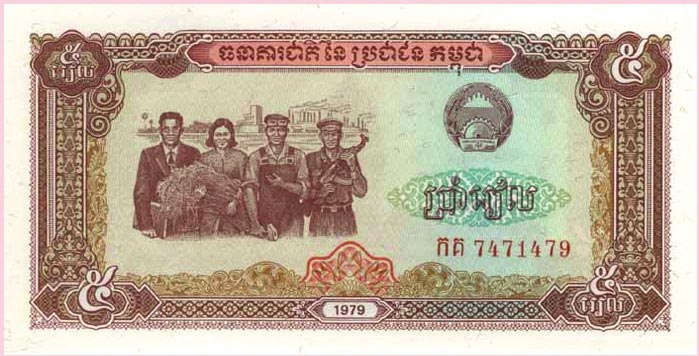
“However, it is important to note that these coins were used only where there were booming economic activities such as the central plains or near the coastal areas. In other areas, people were relying on the barter system, or the exchange of goods, instead of a monetary system,” he said.
However, Professor Sambo Manara, a famous historian, claimed that Khmer currencies in the form of coins began their first official circulation much later, particularly in the 15th century. When King Korn, a peasant who dethroned King Sokunboth in 1498, attempted to establish a new dynasty but failed to do so. Six years later, King Korn was dethroned and executed by King Chanreachea, King Sokunboth’s brother.
“Local historical records show King Korn was the first monarch to have made Khmer coins bearing the image of a Naga and put them into circulation,” he said. “It was around that time that the term “Riel” was used for the first time.”
The end of the 1870s saw a significant transition in the Kingdom’s currency. The French Protectorate introduced the Piaster, a new currency to finance trade and modernisation in Indochina. It was issued by a private institution entrusted by the French authorities, the Bank of Indochina, and circulated in Cambodia, Laos and Vietnam. However, the role of the piaster remained limited, Cambodians still address their banknotes as “riel” although the banknotes bore the symbols of three countries.
The piaster would remain in use until the end of French Indochina. In 1953, the Cambodia branch of the Institut d’Émission des États du Cambodge, du Laos et du Vietnam issued notes dual denominated in piastre and riel with the riel being at par with the piaster. In the next few years, the riel and piastre circulated alongside each other. In 1955, riel became the sole currency in Cambodia during the Sangkum Reastr Niyum.
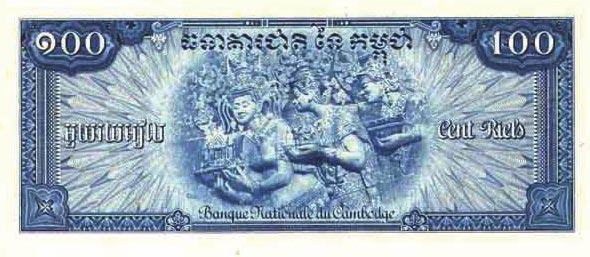
The 1970 coup by Lon Nol brought another change to the currency, though not significant. During the Khmer Republic, the general appearance of the national currency did not evolve much, but the era saw the disappearance of coins.
The most significant and disastrous change came when the ultra-Maoist Khmer Rouge took over Cambodia in 1975. They infamously abolished money – although they did print a currency earlier in 1975, eventually decided not to use it. The displays on this never-circulated currency focused on cooperative works and so-called modernisation and included references to the war.
Just after the fall of the Khmer Rouge in 1979, the People’s Republic of Kampuchea re-established the National Bank in 1979 and reissued the riel, starting from March 1980. The banknotes in this period bore references to rural works, modernisation efforts and the Independence monument. The government also tried to introduce coins back into the economy by issuing pennies, but they did not last long. The same model was continued by the State of Cambodia (1989-1993).
After the first election organised by UNTAC in 1993, the riel banknotes started displaying the portraits of the monarch for the first time. The banknotes issued since that time bear the images of King Father Norodom Sihanouk, sometimes accompanied by the Queen Mother, and since 2004 of King Norodom Sihamoni. They also feature references to Cambodian culture and traditions such as Angkorian monuments, religious symbols or traditional activities, especially fishing and agriculture.
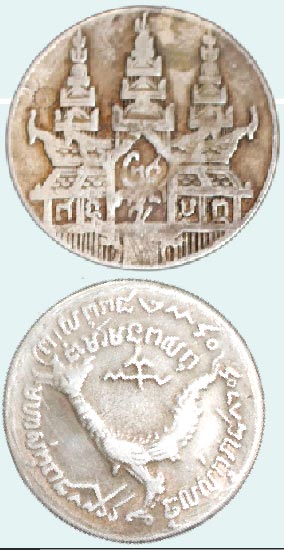
“As such, today’s banknotes reflect the national identity of Cambodia and the values embedded in its national motto: Nation, Religion, King,” said Blaise Kilian, Executive Director of the Sosoro Museum. Khmer Times

